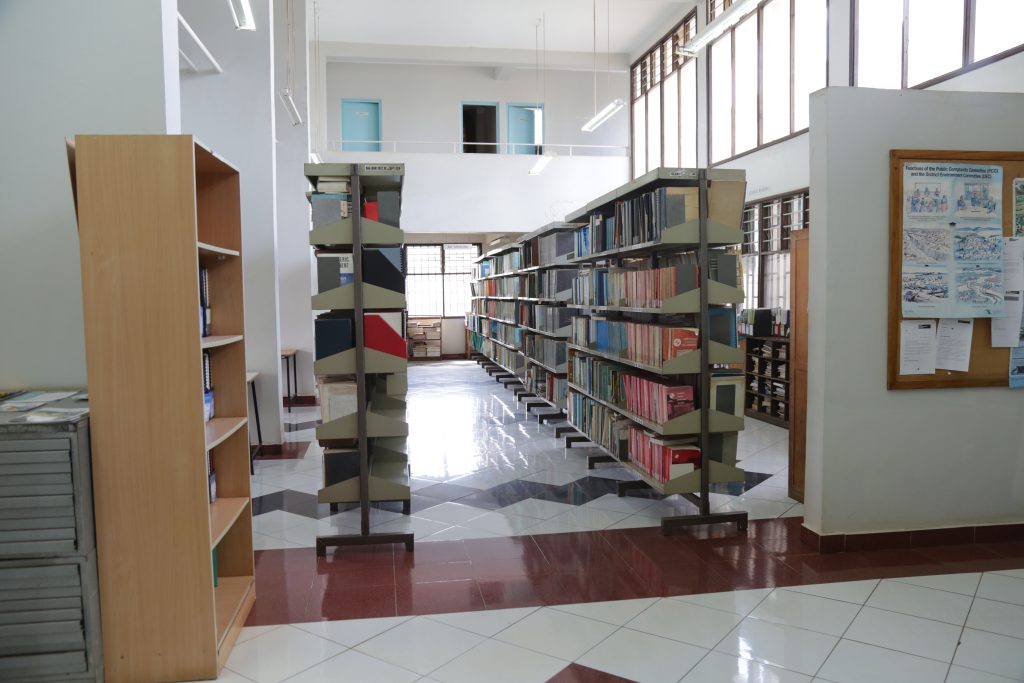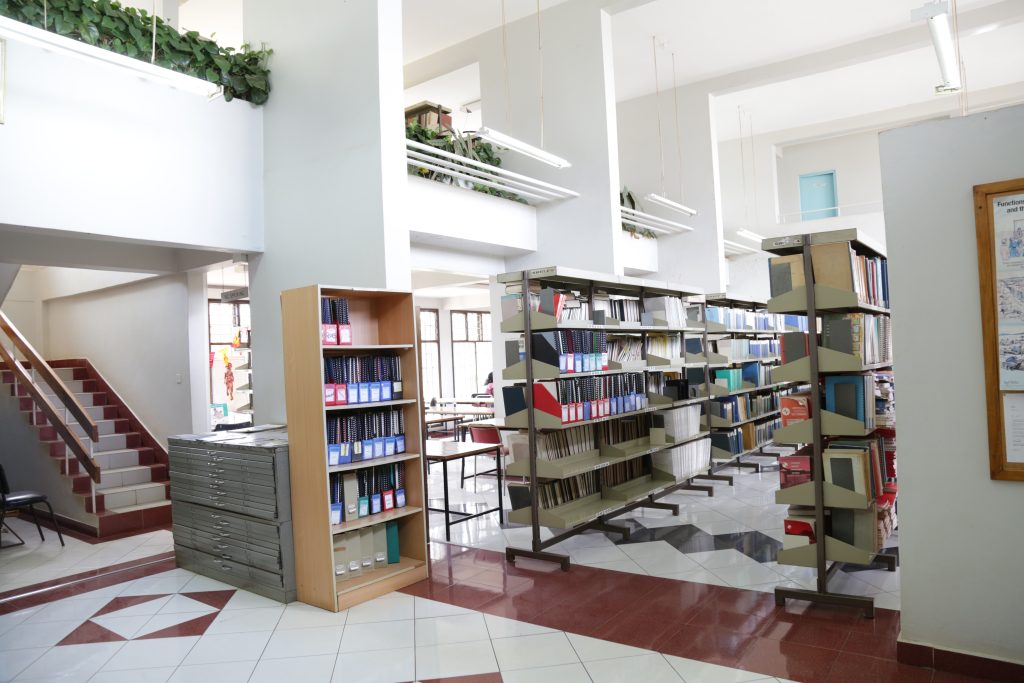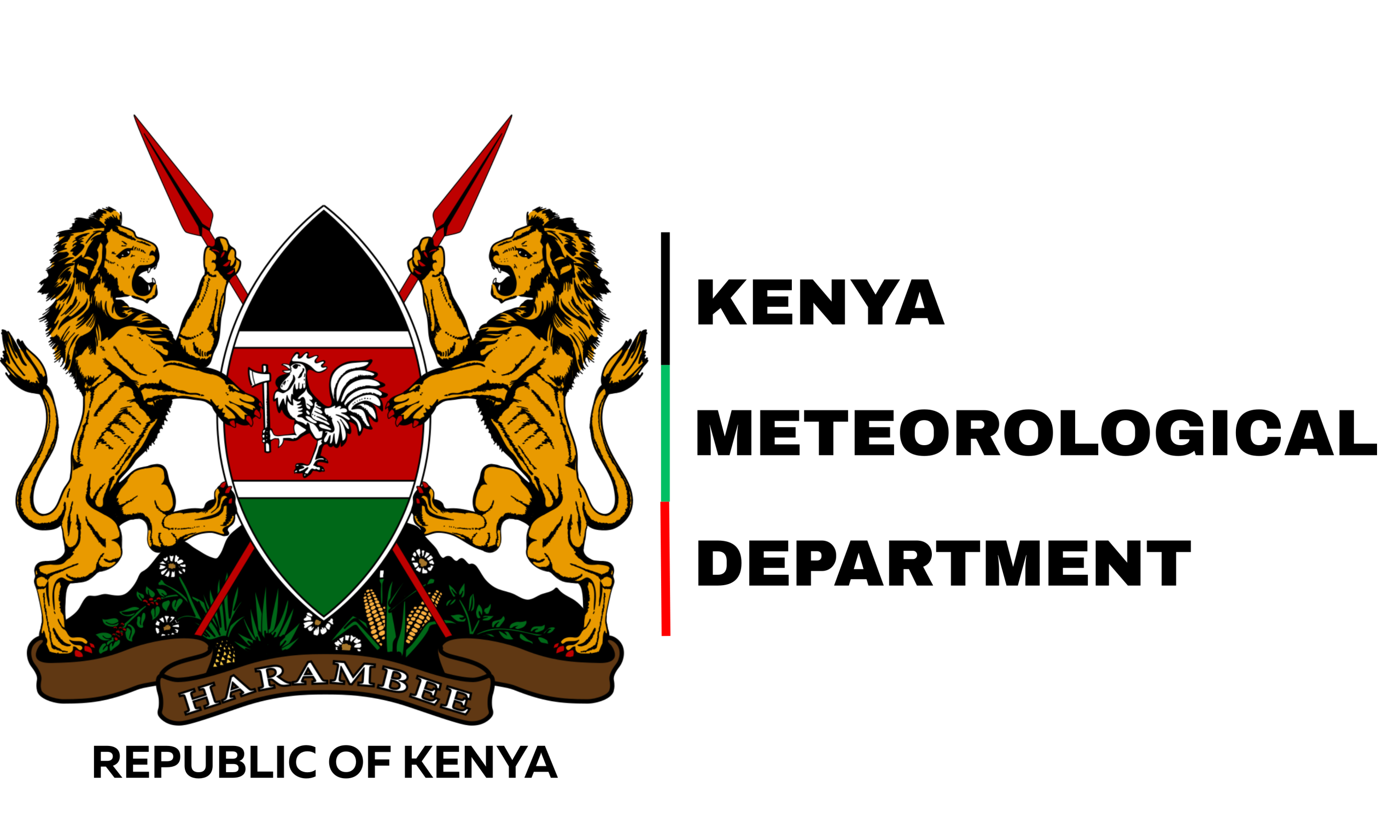Carry out research in the field of Meteorology and related fields while maintaining close collaboration with National and International training and research organisations/partners.
Advancing Meteorological Science for Resilience and Sustainability
A Legacy of Excellence in Meteorological Training and Research
Established in 1965, the WMO Regional Training Centre (RTC) for Class II and Class III Meteorologists began its mission of training meteorological personnel for the East African region. Originally known as the Regional Meteorological Training Centre (RMTC), the institute later evolved into the East African Institute for Meteorological Training and Research (EAIMTR)—a reflection of its expanding role and regional importance.
From the outset, the Institute’s core mandate was to equip meteorological personnel with the knowledge and skills to operate effectively at airports, field observatories, agrometeorological stations, and within the Meteorological Analysis Centre (MAC). These professionals would go on to form the backbone of weather observation and forecasting across the region.
The Institute’s research division was established to tackle some of the most persistent and complex challenges in meteorology—particularly those unique to the tropical atmosphere. Early research initiatives aimed to strengthen the capacity of the then East African Meteorological Department in weather prediction, with the goal of enhancing agricultural planning and water resource management.
Leading Research, Driving Innovation
Today, the Institute for Meteorological Training and Research (IMTR) stands at the forefront of meteorological science and innovation in Africa. As the region’s premier hub for training and research, IMTR conducts pioneering studies in atmospheric dynamics, climate variability, hydrometeorology, and extreme weather forecasting.
Our work supports national and regional efforts to strengthen disaster preparedness, climate resilience, and early warning systems. Using advanced tools—including high-resolution numerical models, satellite observations, and ground-based networks—we generate actionable insights that inform policy decisions and safeguard lives, infrastructure, and livelihoods.
We foster a dynamic and collaborative research environment where students, faculty, and international partnersengage in rigorous inquiry and knowledge exchange. Our emphasis on interdisciplinary collaboration ensures that our science addresses real-world challenges and contributes to sustainable development goals.
At the heart of IMTR is East Africa’s largest meteorological library, a vital resource that supports both academic excellence and applied research. Through our unwavering commitment to scientific rigor, capacity building, and regional leadership, we are shaping the future of meteorology—not just in East Africa, but across the globe.
The Meteorological Library

A Legacy of Knowledge and Service
The National Meteorological Library, operated by the Institute for Meteorological Training and Research (IMTR)/WMO Regional Training Centre (RTC), was established in 1929, making it one of the oldest specialized libraries in East Africa.
In its early years, the Library grew significantly through the international exchange of publications, acquiring a wealth of books, journals, and reference materials from meteorological services around the world. For many decades, it served as the sole dedicated meteorological library in East Africa, playing a pivotal role in supporting research, forecasting, and scientific advancement across the region.
Originally located at what is now the Milimani Law Courts in Nairobi, the Library also oversaw smaller branches in Kampala, Dar es Salaam, and Mombasa. To ensure effective coordination and resource sharing, the Chief Librarianregularly visited these satellite locations. In August 1988, the Library was relocated to its current home within the Kenya Meteorological Department (KMD)headquarters, where it continues to serve researchers, students, and professionals in meteorology, hydrology, and climate science.
By 1969, as recorded in that year’s Annual Report, the Library had amassed thousands of books, journals, technical reports, and reference works, supported by a meticulously maintained card catalogue system. Today, it remains a vital hub for knowledge, preserving the rich scientific heritage of the region while supporting ongoing learning, innovation, and capacity building.
The National Meteorological Library has long served as a vital study and documentation center for staff, trainees, and professionals seeking authoritative information on East African climate and tropical meteorology more broadly. It has supported generations of researchers, forecasters, and policy experts by offering access to specialized literature and archival resources.
Following the dissolution of the East African Community (EAC) in 1977, the Library’s branches in Tanzania and Uganda separated from the central system and established independent centers. Despite this transition, the National Library in Nairobi maintained its operations seamlessly, continuing to deliver high-quality services to users across the region.

Today, the Library houses a collection of over 10,000 volumes of meteorological and scientific publications, and provides access to 60 titles of online journals. It also maintains a robust exchange program with a wide network of local and international libraries, ensuring a steady flow of updated information and global research.
The Library remains a critical resource for training and research, offering reliable climate data and scholarly materials to a broad spectrum of scientists, educators, and students. Its continued commitment to knowledge sharing plays an essential role in building regional capacity and advancing climate science across East Africa.
Follow us on our socials to be kept upto date with publications
